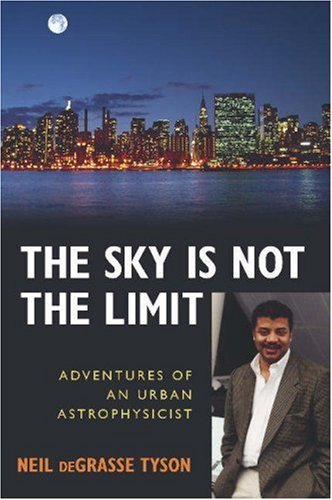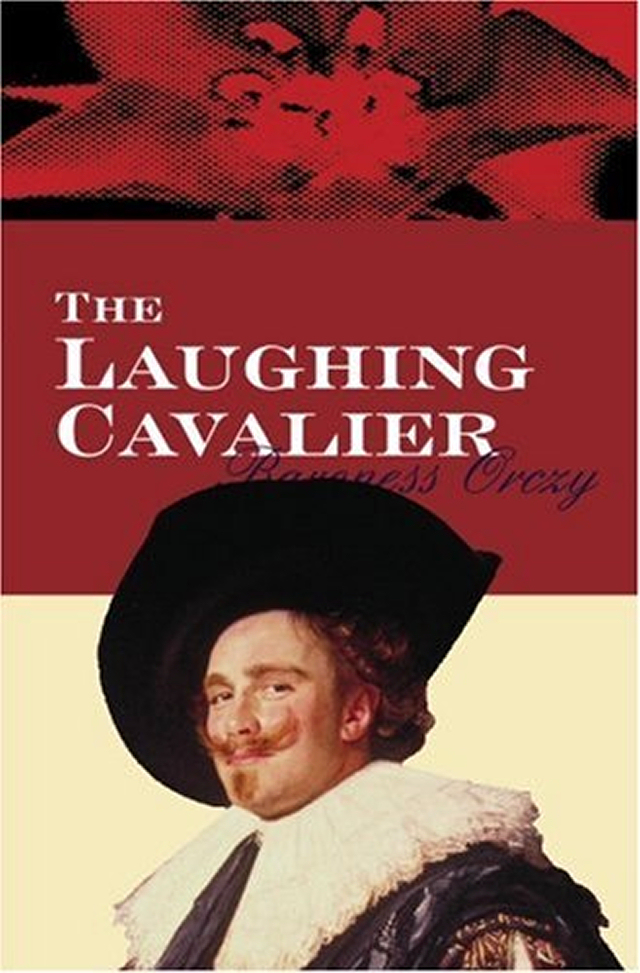 It feels like I last read Rurouni Kenshin eons ago, even though it’s only been five years since the US edition came to an end. The siren call of a potential reread has been increasing in volume lately and finally, I could take it no more. Joined by my friend and fellow Kenshin fan, K, I’m yielding to temptation and diving back in! Over the course of the next month or so, I’ll be reviewing the entire series, starting with the individual volumes and finishing up with the final VIZBIG edition, which contains some bonus material not included in the series’ original run. You can find an archive of both K’s and my Kenshin posts at Triple Take.
It feels like I last read Rurouni Kenshin eons ago, even though it’s only been five years since the US edition came to an end. The siren call of a potential reread has been increasing in volume lately and finally, I could take it no more. Joined by my friend and fellow Kenshin fan, K, I’m yielding to temptation and diving back in! Over the course of the next month or so, I’ll be reviewing the entire series, starting with the individual volumes and finishing up with the final VIZBIG edition, which contains some bonus material not included in the series’ original run. You can find an archive of both K’s and my Kenshin posts at Triple Take.
To summarize the general premise, during the Bakumatsu era a skilled young swordsman named Himura Kenshin fought on the side of the ishin shishi (pro-Emperor) patriots and earned the nickname hitokiri battÅsai (essentially: a manslayer who has mastered the art of battÅjutsu) before vanishing and becoming a figure of legend. While many of the ishin shishi eventually took up powerful positions in the new Meiji government, Kenshin was not interested in profiting thus from his actions, since he had fought only with the aim of providing a more peaceful future for Japan’s people. Instead, he becomes an unassuming rurouni (wandering samurai) and wields his sakabatÅ (a reverse-blade katana nearly incapable of killing) on behalf of those needing his help.
Before commencing this reread, my recollection was that Rurouni Kenshin gets good in volume seven, when one of Kenshin’s old enemies (the awesome SaitÅ Hajime from the pro-Shogunate Shinsengumi) pays him a visit. It turns out, though, that that’s not exactly true, since the first two volumes are very good.
The story begins in Tokyo during the eleventh year of the Meiji era (1879 or thereabouts). As he travels through the city, Kenshin is accosted by Kamiya Kaoru, the feisty instructor of Kamiya Kasshin-ryÅ« (a school of swordsmanship that emphasizes non-lethal techniques), who is searching for the murderer who has tarnished the name of her school (and driven away its students) by claiming to be one of its devotees. Kenshin helps out, since this fellow is also claiming to be the hitokiri battÅsai, and during the course of events, Kaoru discovers some of his violent past. Still, she asks him to stay, saying, “I don’t care who you used to be!†He agrees to stay put a while and moves into the dojo.
Like any good shounen series, our hero needs a band of friends, so volume two sets about fulfilling that requirement. The first addition to the cast is MyÅjin Yahiko, an orphaned boy of samurai lineage who has been forced to steal in order to survive. He becomes Kaoru’s first student, and though somewhat obnoxious at first, he matures a lot in a short time, especially after he gets confirmation that all the training is paying off. Next is Sagara Sanosuke, “the fight merchant,†who was once a member of a civilian army that was betrayed by the ishin shishi. He has been hired to fight Kenshin, but realizes the rurouni is different from the other, corrupt patriots and ends up becoming his right-hand man.
In addition, much is made during these first two volumes about the Meiji government not delivering on many of its promises. Watsuki also works on building the relationship between Kenshin and Kaoru, showing the former contentedly helping out with the chores and the latter putting herself at risk when Kenshin is challenged by another former hitokiri simply because she’d rather be in danger than be alone again. It’s significant that when the battle triggers Kenshin’s battÅsai mode, Kaoru is the one who prevents him from killing his opponent, for which Kenshin is profoundly grateful.
Volumes three and four are not quite as good, but close. I just can’t summon much interest in Takani Megumi, a woman from a long line of doctors who was coerced into making opium for a greedy industrialist, and she frustrates me by attempting to take her own life after Kenshin and Sanosuke have weathered some tough fights attempting to rescue her. Still, the introduction of Shinomori Aoshi, a former guard of Edo castle who is bitter about not seeing any fighting during the war, is significant, and the fates of his less-able-to-move-on-with-their-lives companions are compelling.
Where the story really sags, though, is in volumes five and six. Watsuki’s sidebars are full of comments like he can’t believe the series is still ongoing, how much work it is, and how certain stories were written “during a period of extreme exhaustion.†I must say that it shows. First, Yahiko defends a young girl named Tsubame against some dudes who are making her an accomplice to a burglary. Then a swordsman tries to recruit Kenshin to the cause of reviving a more lethal version of “the Japanese art of swords.†Lastly, Sano encounters a former comrade from his army days and must decide whether to participate in his anti-government plans. Zzz. Volume six, in particular, was a bit of a slog to get through.
Artistically, Watsuki’s style is attractive, featuring quite a few bishounen characters (somewhat to his apparent dismay, this results in a lot of female fans) as well as bizarre-looking ones. It takes a few volumes for the characters’ looks to settle down, and sometimes the metamorphosis is even faster (Aoshi looks a good bit different even just two chapters after his original appearance, though he’s still immediately recognizable.) One thing I find slightly weird is how often Watsuki openly admits to borrowing character designs from other sources (though in at least one case he specifies that he had the original artist’s permission to do so). Tsubame, for example, appears to be an exact replica of Tomoe Hotaru from Sailor Moon.
So, to sum up… Kenshin starts strong, but gradually falters, culminating in the rather boring volumes five and six. Take heart, though, because if memory serves, volume seven is truly fabulous, and sets off the Kyoto arc, which most Kenshin fans will probably name as their favorite part of the series. I’ll be reviewing the first half of it next time, so watch this space!




 The Plot
The Plot
 From the back cover:
From the back cover: